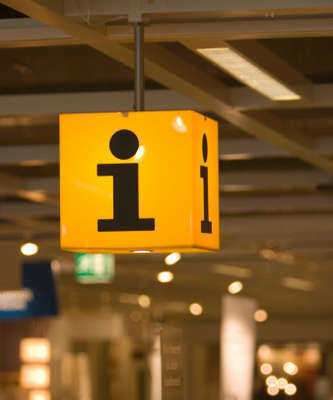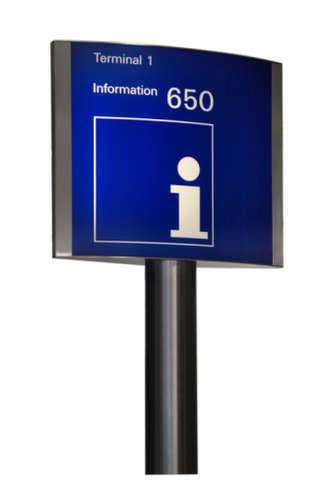What if an Invention has Multiple Inventors

As a form of intellectual property rights, invention patents may raise some particularly thorny legal questions and ambiguities, due to the nature of the creations they cover being functional and practical rather than aesthetic and creative, as is often the case with copyright, or strictly commercial, as with trademarks. Two novels which shared very similar vocabularies and themes would not for that reason alone constitute an intellectual property right violation, whereas the specific methods by which patented inventions must be closely examined.
The depth of knowledge involved in making valid considerations on whether to patent inventions requires expertise from the presiding officials. The level of expertise required of the inventor often means that invention patents are issued for the work of more than one person. In Title 35 of the United States Code, the question of how to patent inventions with multiple inventors is addressed by Section 116.
The basic provision made by Section 116 is that inventors must patent inventions “jointly,” first making the invention patent together and later each making the required oath. Specific issues of “fairness,” as may arise as grievances between co-creators, are not addressed by Section 116, which makes clear that joint invention patents do not refer to and do not require equal amounts of contribution or actual, side-by-side collaboration. The different sections of a patent claim also do not have to involve every inventor.
The complexity involved in recognizing a device or process aimed at some practical purpose as a unique intellectual and technical creation may mean that the joint inventors responsible for its creation came from widely divergent fields of expertise and contributed to the invention in vastly different ways. Both tasks related to invention may be considered valid for joint authorship.
Section 116 provides strong measures to encourage that multiple authors patent inventions together. It allows for the possibility that a joint inventor may opt not to receive the patent rights which would normally be his or her due. If joint inventors cannot be located when the time comes for filing to patent inventions and have not made provisions for his or her wishes, the co-authors of the invention patents must be able to demonstrate to the United States Patent and Trademark Office
















